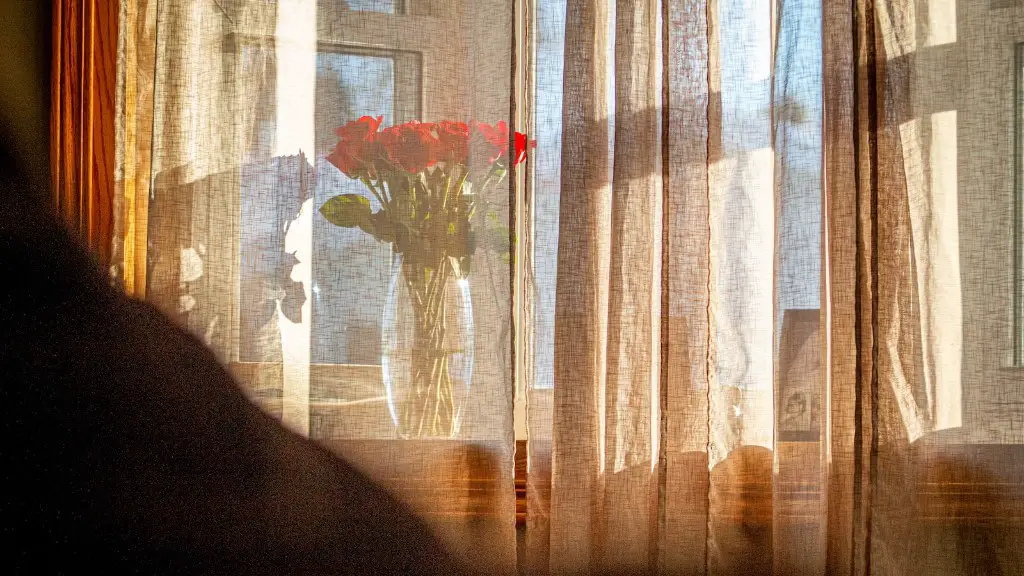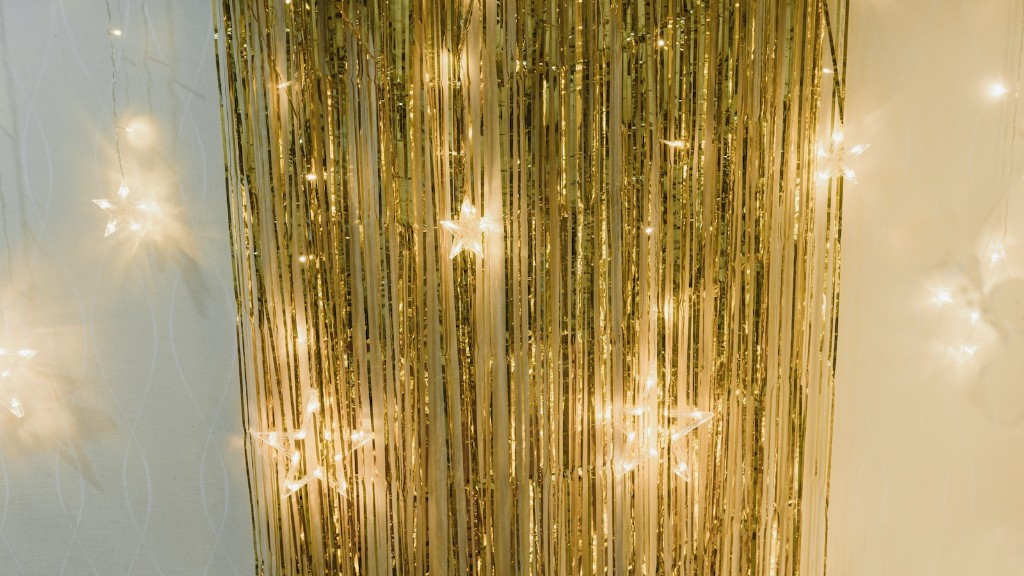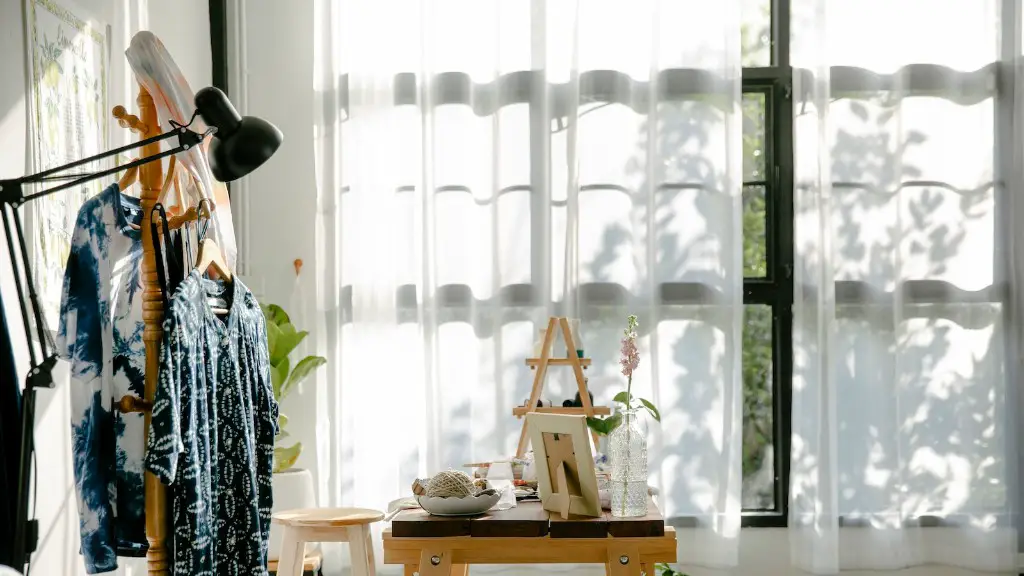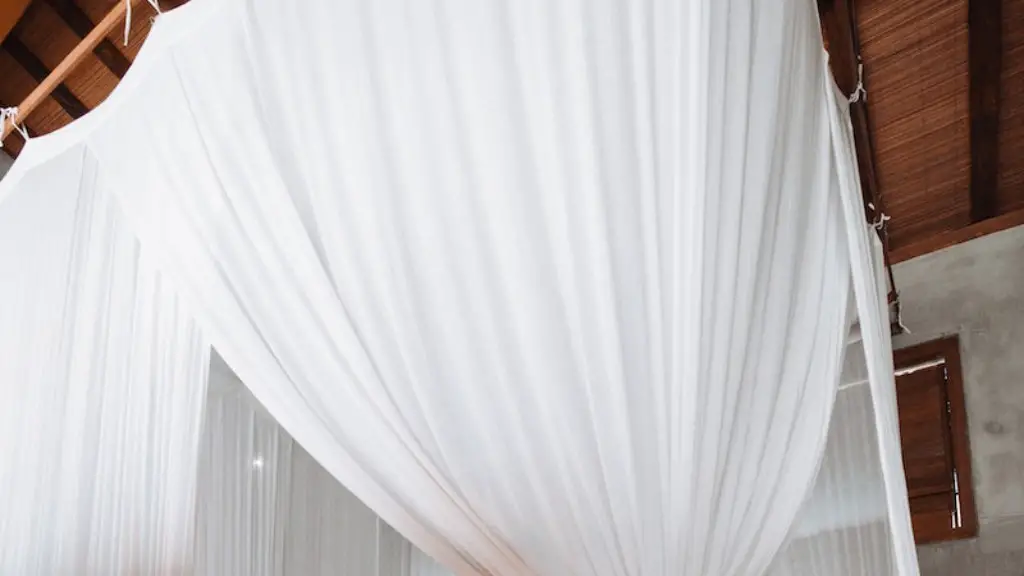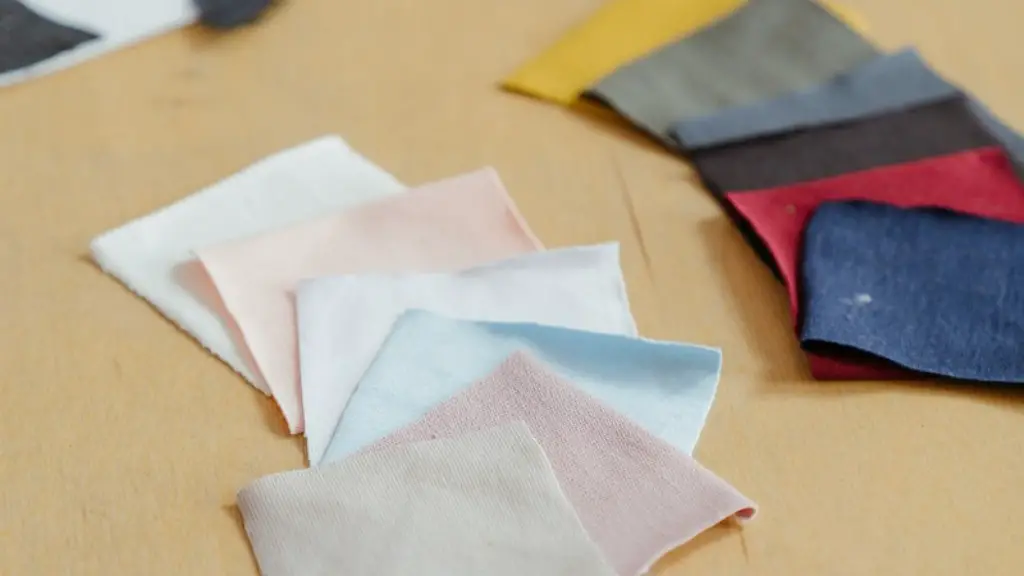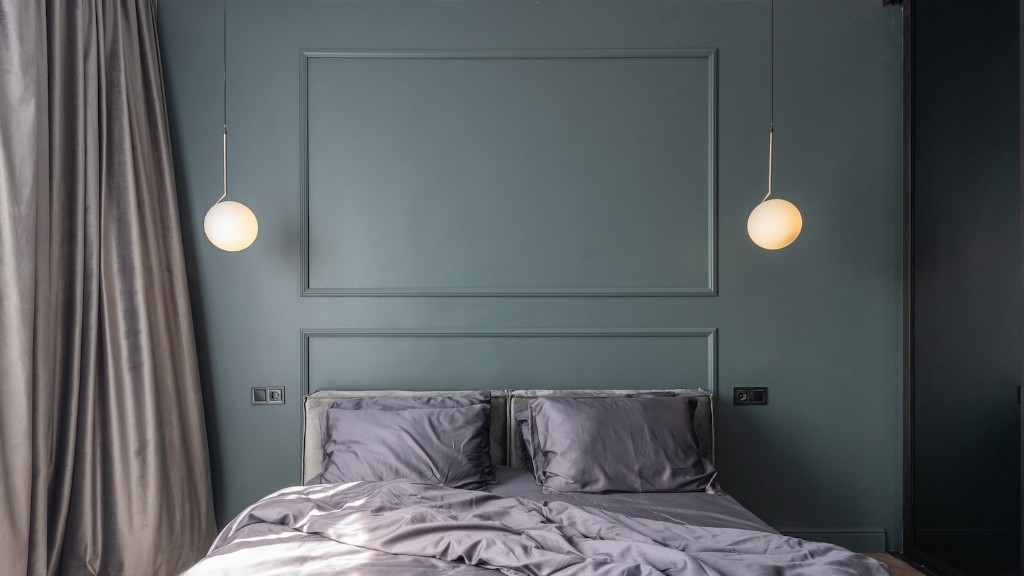Making simple curtains is a great way to add a personal touch to your home without spending a lot of money. There are a few things you need to consider before you start, such as the size and shape of your windows, the type of fabric you want to use, and the style of curtain you want to make. Once you have those things figured out, the process is actually quite easy. Here are the steps you need to follow to make simple curtains.
There are a few different ways that you can make simple curtains. One way is to purchase a pre-made curtain panel and use that as your starting point. Another way is to measure the window and cut fabric to size, then use a sewing machine to sew a simple Hem at the top and bottom.
How do you make curtains for beginners?
Cut out two pieces of fabric according to the measurements. I’m using a rotary cutter on a cutting mat for accuracy.
When beginning a project that involves cutting curtain panels, it is important to use a measuring tape in order to mark where the cuts need to be made. This will ensure that the panels are cut correctly and evenly. More importantly, it will help to avoid any accidental cuts that could ruin the panels.
What is the formula for making curtains
If you want to calculate how much fabric you need to make curtains, you can use the following method:
First, multiply the track/pole width by your chosen fullness (eg Pole width 150cm x 25 = 375).
Next, divide that figure by the fabric width, which is typically 137cm (375 divided by 137 = 273).
Then, round that up to the closest whole number to calculate how many widths you need (3).
An adhesive scene guide is a great way to keep your sewing machine needle in place. Simply place the guide on the bed of the machine, and your needle will be perfectly aligned every time.
Is it cheaper to make or buy curtains?
There are a few things to consider when deciding whether to sew your own curtains or not. Cost is obviously a big factor, but you should also consider if it’s time-wise for you. Convenience is a big factor these days and sewing curtain fabrics might be cheaper, but it sure do cost you a lot of time.
If you’re using a standard width fabric panel, you’ll need 16 inches of extra fabric for each yard of curtains. If you’re using a large print fabric, you’ll need one extra yard of fabric for each pair of curtains.
What material can I use to make curtains?
When choosing curtains, it’s important to consider the fabric. Sheer, voile or lace curtains offer a light and airy feel to any space. Like linen, they’re super sheer and provide some privacy without blocking out any light. Other popular curtain fabric options include cotton, silk, and velvet.
In order to make a good quality curtain, it is important to take precise measurements and make precise cuts. The fabric should be cut parallel to the selvedge, and the widths should be joined perfectly before reduces the lining width. If the fabric is not cut correctly, the curtain will not look good and will not hang properly. After the fabric is cut, hems should be made and the curtain and lining should be stitched together. Finally, the heading tape should be stitched on and the curtain should be finished.
How do you make simple lined curtains
Cutting your curtain fabric is the first step in creating your own curtains. Measure the desired length and width of your curtain panels and mark it on your fabric with chalk. Cut the lining fabric to the same size as the curtain fabric. Fold and press the hems of both the curtain fabric and the lining fabric. Hem the curtain fabric first, then hem the lining fabric. Attach the lining fabric to the back of the curtain fabric. Sew the tops, bottoms, and sides of the fabric together. Hang the curtains from a rod or dowel.
Most ready-made curtains come in these widths: 117cm (46”), 168cm (66”) or 228cm (90”). The width you need depends on the size and style of your window. If you have a wide window, you may need two sets of curtains to get the right look.
Can you use any fabric to make curtains?
There are a few things to consider when hanging curtains in your home. The type of fabric you choose will impact how well the curtains hang and how long they last. Linen, silk, and velvet are all good choices for hanging curtains, as they are relatively easy to care for and hang well. Suede, velvet, tapestry, and tweed are also good choices for curtains if you are looking for something that will keep the cold out. If you have small windows or windows that are the only source of light in a room, you may only need a simple valance, Roman shade, or cafe curtains.
When choosing a rod length for your curtains, be sure to add an additional 16 to 20 inches to the width of your window. This will ensure that your curtains have a full and finished look.
How do you make puddle curtains
If you want your curtains to have a pronounced puddled look, then you’ll need to add extra fabric. A good rule of thumb is to add 16 inches or more. Once you have the extra fabric, simply fold it underneath the bottom of the drape. To achieve the most soft, dreamy, and natural puddled look, poof the material at the bottom into a cloud-like shape.
You’re going to want to start by finding the side of the fabric with the large hem. Once you’ve found that side, you’re going to want to measure out how much fabric you’ll need to cut. Once you have your measurements, you’re going to want to cut the fabric along the large hem. Once you’ve done that, you’re going to want to fold the fabric in half so that the large hem is on the inside. Once you’ve done that, you’re going to want to sew the fabric together along the side with the large hem.
What can I use instead of a curtain rod?
If you’re looking for something a bit different than a traditional curtain rod, there are plenty of great options out there! Driftwood can make for a beautiful and natural-looking curtain rod, while a gold pipe can add a bit of luxe to your space. If you’re going for a more laid-back look, rope or a fishing rod are both great choices. And if you want to have some fun with your curtain rod, using sports equipment is a great way to add some personality to your space.
Here are some tips for sewing curtains:
-Choose a fabric that is appropriate for the room you will be hanging the curtains in.
-If you are unsure of how much fabric to buy, always err on the side of buying more rather than less. It is much easier to take in a curtain than it is to let it out.
-Decide on the finished length of your curtains before you begin sewing. Make sure to measure from the top of the curtain rod to the desired finished length, plus hem allowance.
-Sewing a simple straight seam is all that is needed to construct your curtains. However, you can get creative with the details, such as adding a pleated heading or using different fabrics for the front and back of the curtain.
-Hang your curtains up and enjoy your handiwork!
Final Words
There are many ways to make simple curtains, but one easy way is to use a piece of fabric that is wide enough to cover the window and simply hem the sides and bottom. You can add a rod pocket to the top of the curtains if you want to hang them on a rod, or you can use velcro strips to attach the curtains to the wall or window frame.
There are a few things to keep in mind when making simple curtains. First, choose a fabric that is easy to work with and is durable. Secondly, use a sew-on curtain rod for a no-sew option. Finally, add some embellishments to the curtains if desired. following these steps will result in beautiful, simple curtains that will brighten up any room.
